1950s
Miss Marine Recruiter
The earliest instance I find is 1952; the latest, 1974.Here's one gal from each decade--with a bonus dog!

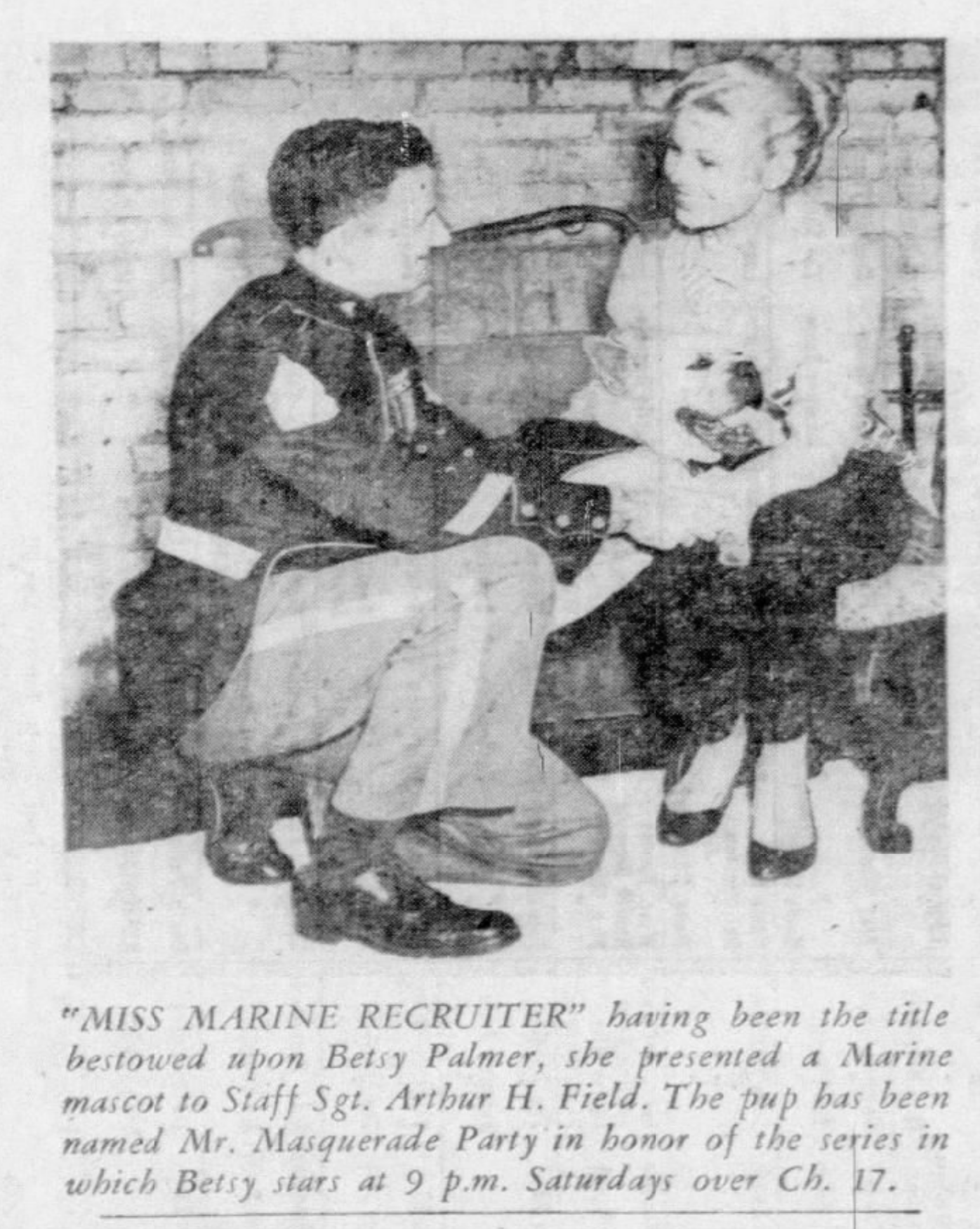

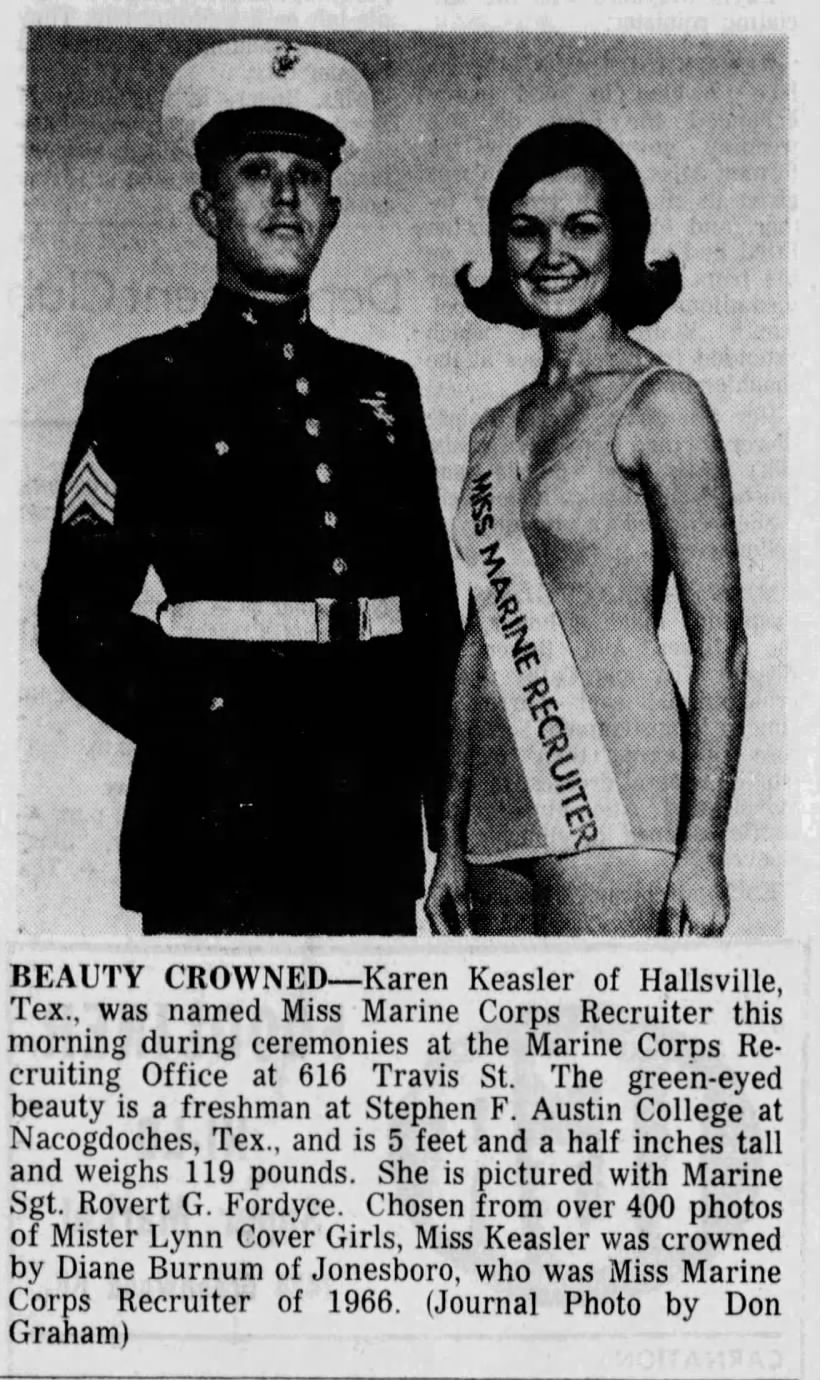

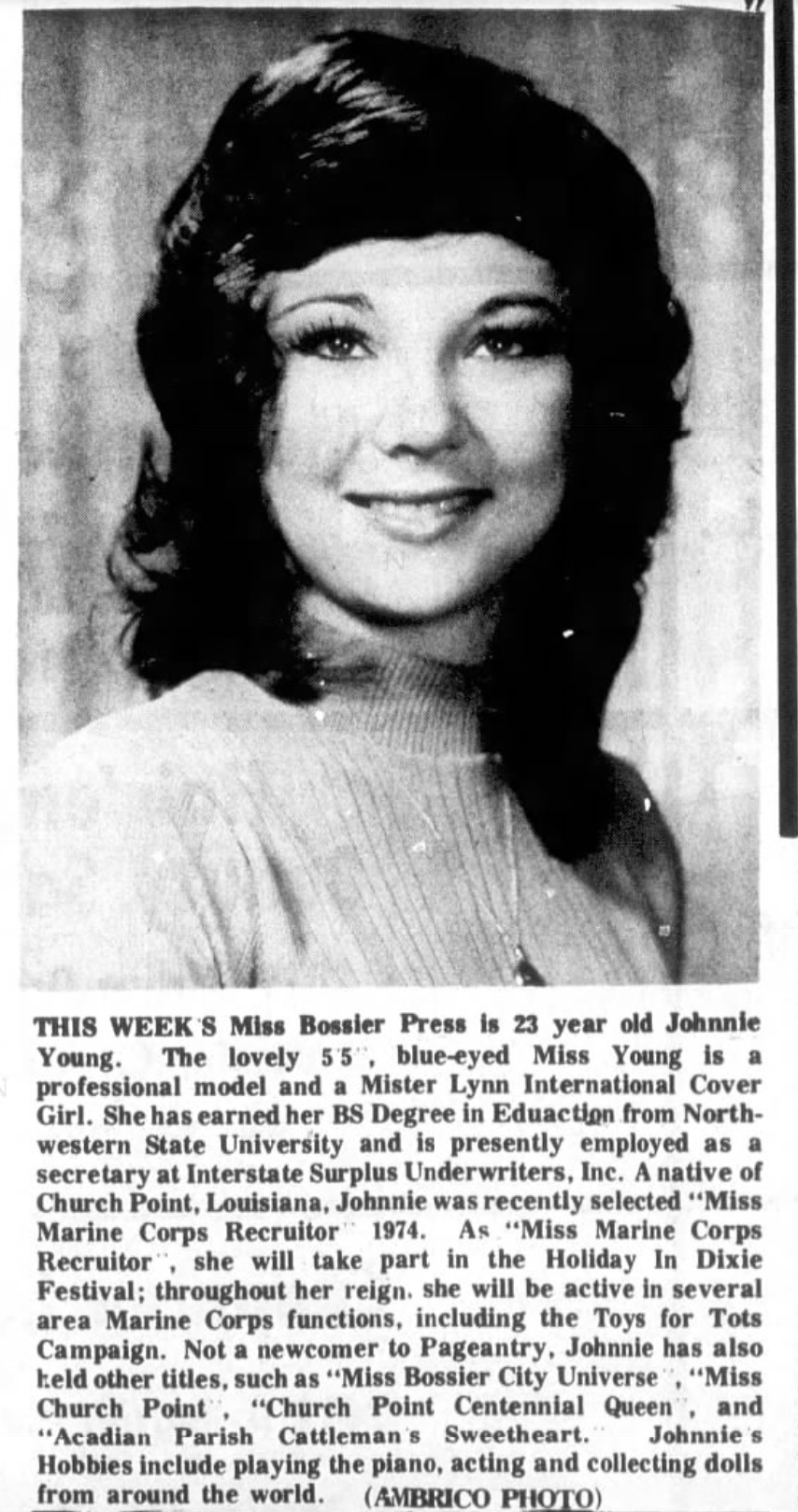
Posted By: Paul - Thu Jul 06, 2023 -
Comments (4)
Category: Awards, Prizes, Competitions and Contests, Beauty, Ugliness and Other Aesthetic Issues, Propaganda, Thought Control and Brainwashing, 1950s, 1960s, 1970s, Armed Forces
Aleck the deluded gander
Details from Life magazine (May 18, 1953):
I haven't been able to find any info about what became of Aleck after the Life article made him famous. How long did he live? According to google, geese in captivity can sometimes live for as long as 40 years. So Aleck might have been standing guard by that oil drum for many years.
Posted By: Alex - Wed Jul 05, 2023 -
Comments (0)
Category: Animals, Husbands, Marriage, 1950s
Snake As Tourniquet
I find only three instances of this useful and innovative technique in all my searching. But surely there must be more...?
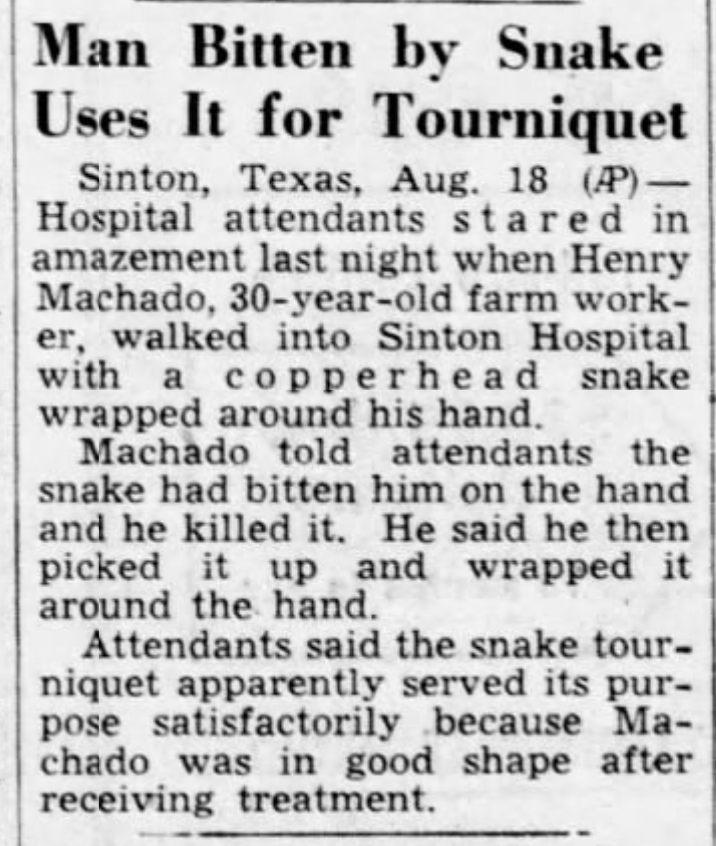

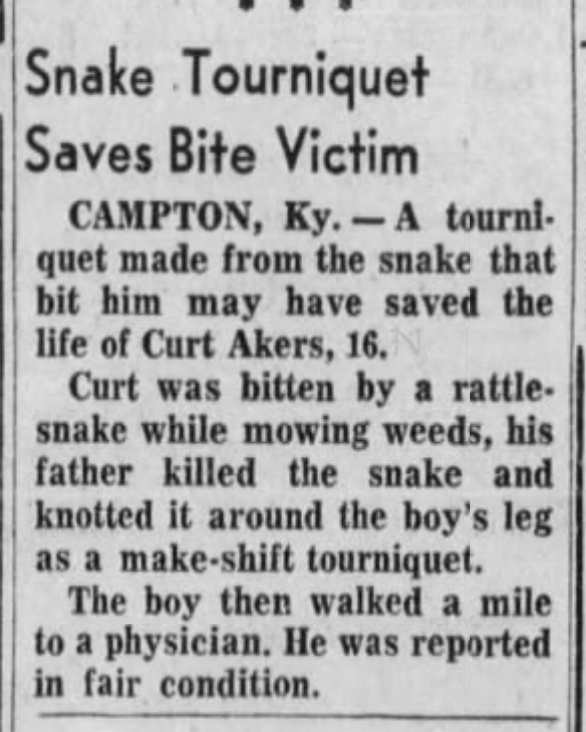

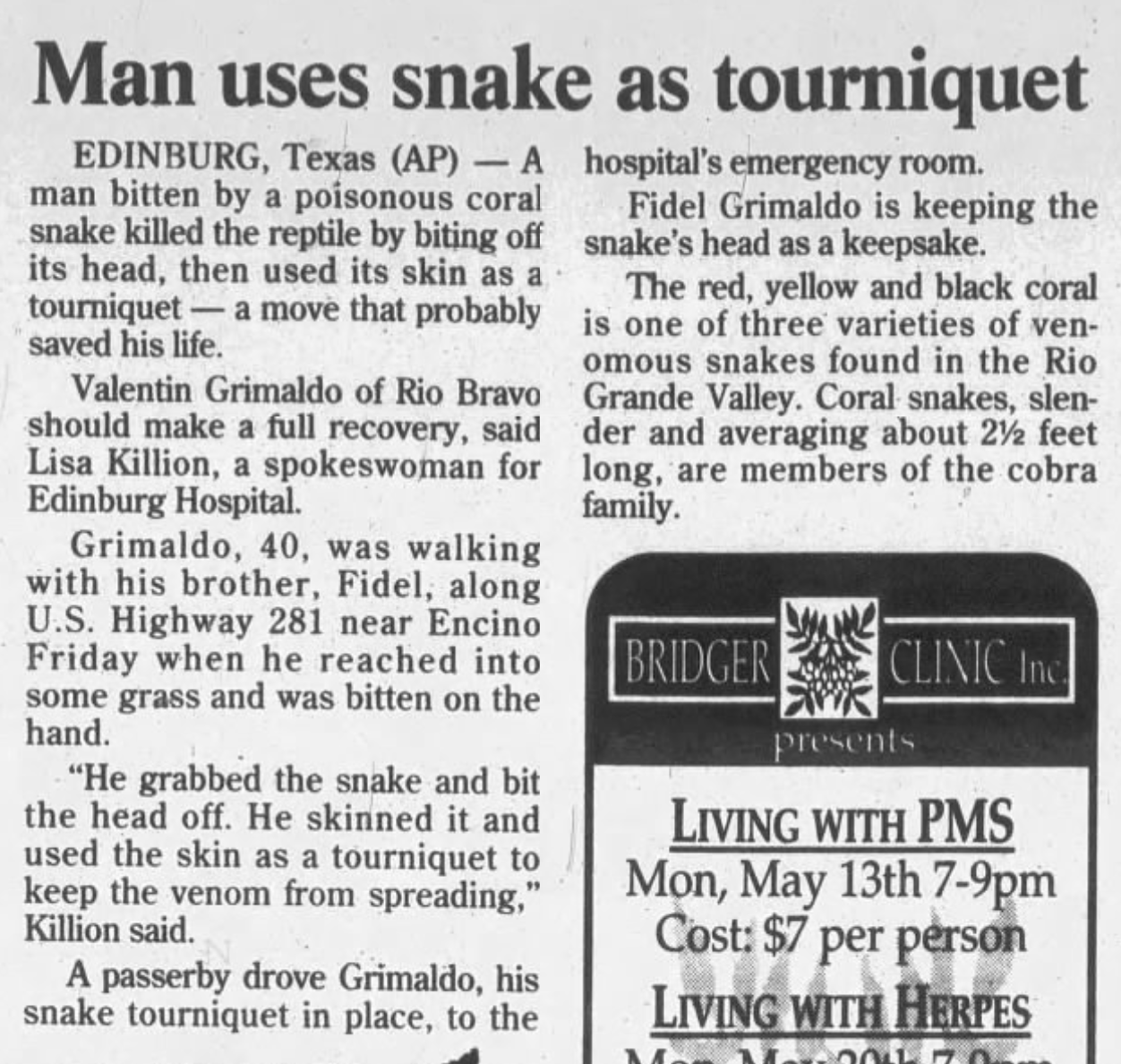
Posted By: Paul - Mon Jun 26, 2023 -
Comments (6)
Category: Death, Hobbies and DIY, Medicine, Reptiles, Snakes, Worms and Other Slithery Things, 1950s, 1990s
Soothing Vibratory Table
The patent for a table which "pulsates" in syncopation to the music of your choice. I can't quite see how the visual effects are manifested.a pulsating machine of the above type wherein the frequency of the pulsations is directly proportional to the vibratory effect of the sound waves of a musical selection emanating from a loud speaker forming a part of the present invention...wherein the musical score controlling the pulsations may be played from either a built-in radio or from a phonograph which may be readily connected to the device....which includes vari-colored visual means controlled by the music, permitting the user to see as well as feel the music.
Source.
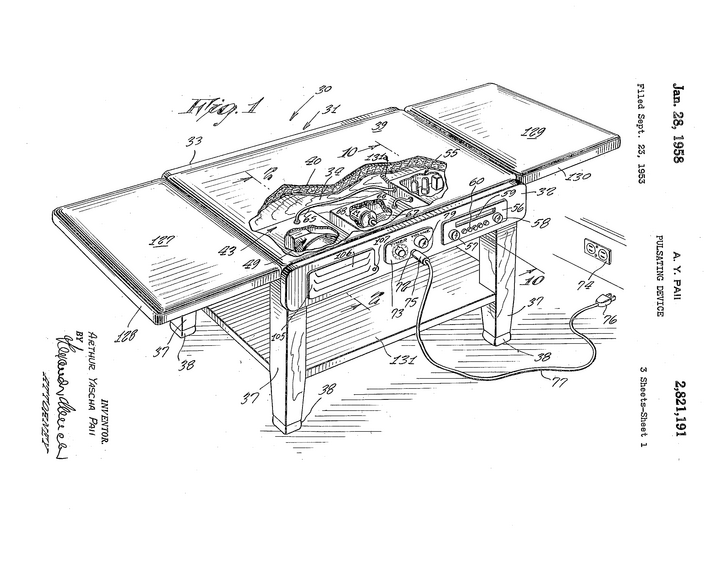
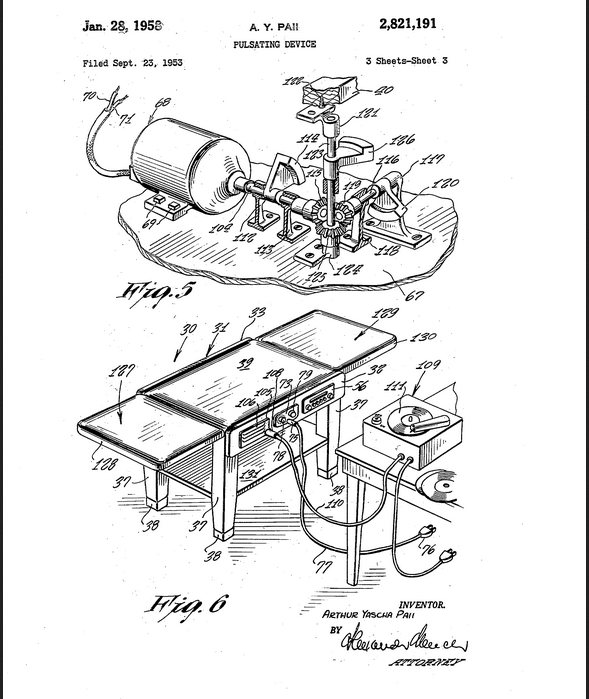
Posted By: Paul - Mon Jun 19, 2023 -
Comments (0)
Category: Body, Inventions, Music, 1950s
Meet Mr. Frib
Mr. Frib, the friendly corporate mascot for asbestos insulation.
Personnel Management and Methods - Mar 1958
Posted By: Alex - Tue Jun 13, 2023 -
Comments (0)
Category: Corporate Mascots, Icons and Spokesbeings, 1950s
Call to Heaven
At least the call wasn't traced to a cemetery.
The Munster Times - Jun 8, 1950
Posted By: Alex - Sun Jun 11, 2023 -
Comments (1)
Category: Religion, Telephones, 1950s
Miss Three Dimension
A number of young women were awarded the title of "Miss Three Dimension" in the early 1950s. But actress Shirley Tegge seems to have been the most widely publicized holder of the title.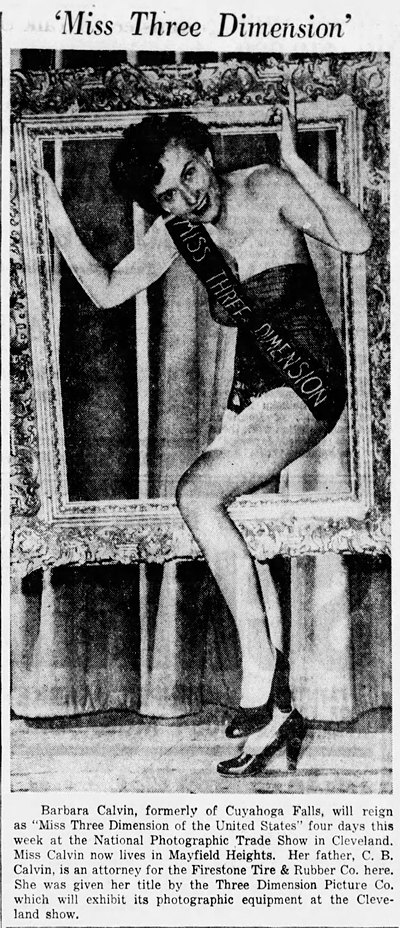
Akron Beacon Journal - Mar 19, 1950
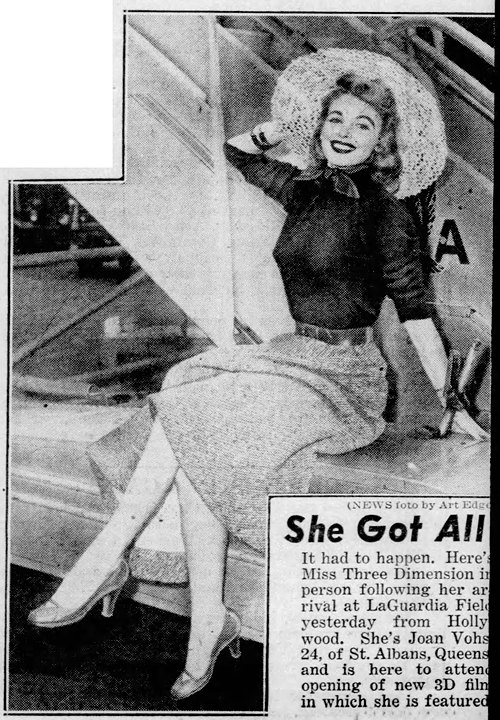
New York Daily News - May 21, 1953

London Daily Mirror - Mar 2, 1953
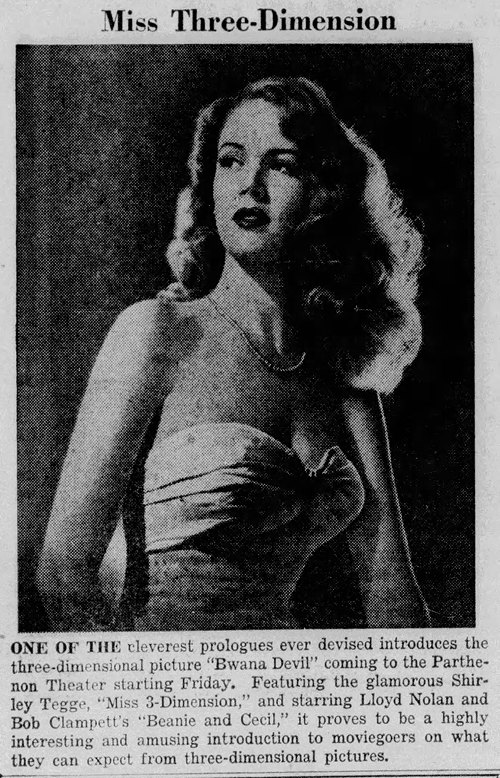
The Munster Times - Mar 22, 1953
Below: Shirley Tegge in the 5-minute short "Natural Vision 3-Dimension". She appears about 3 minutes into it.
Posted By: Alex - Sat Jun 10, 2023 -
Comments (2)
Category: Awards, Prizes, Competitions and Contests, Movies, 1950s
Renske Quax, 2-year-old billiards prodigy
It's impressive that this kid could hold a cue stick well enough to hit the ball at the age of two, let alone sinking shots. That's more coordinated than the 2-year-olds I've known.I couldn't find any media references to him after 1953. So I'm assuming that he didn't grow up to be a billiards pro.

Miami Herald - Nov 13, 1952
Info from Life magazine (May 18, 1953):

Posted By: Alex - Sat Jun 03, 2023 -
Comments (3)
Category: Sports, Children, 1950s
The Date Hat
Edward Oliveira of Newport, Rhode Island was granted a patent (#2,749,555) in 1956 for a "date hat". His idea was that, by wearing the hat, a young woman could display whether she was available for a date on a specific day. From the patent:
I can see a problem with this concept. Would a young woman really want to publicly display that no one had asked her out?
Also, had Oliveira attempted to get dates by systematically asking out every girl in his school? Thus leading to his frustration that there was "not sufficient time to talk to every available girl to determine their date status."
Posted By: Alex - Thu Jun 01, 2023 -
Comments (3)
Category: Patents, Headgear, 1950s, Love & Romance
The 3-D Film Archive
The whole brief fad of 3-D movies was a very weird moment in cinematic history. Luckily for us, there's a man and a site that works to preserve and sell such films. Make a visit to THE 3-D FILM ARCHIVE. Lots of fascinating history there.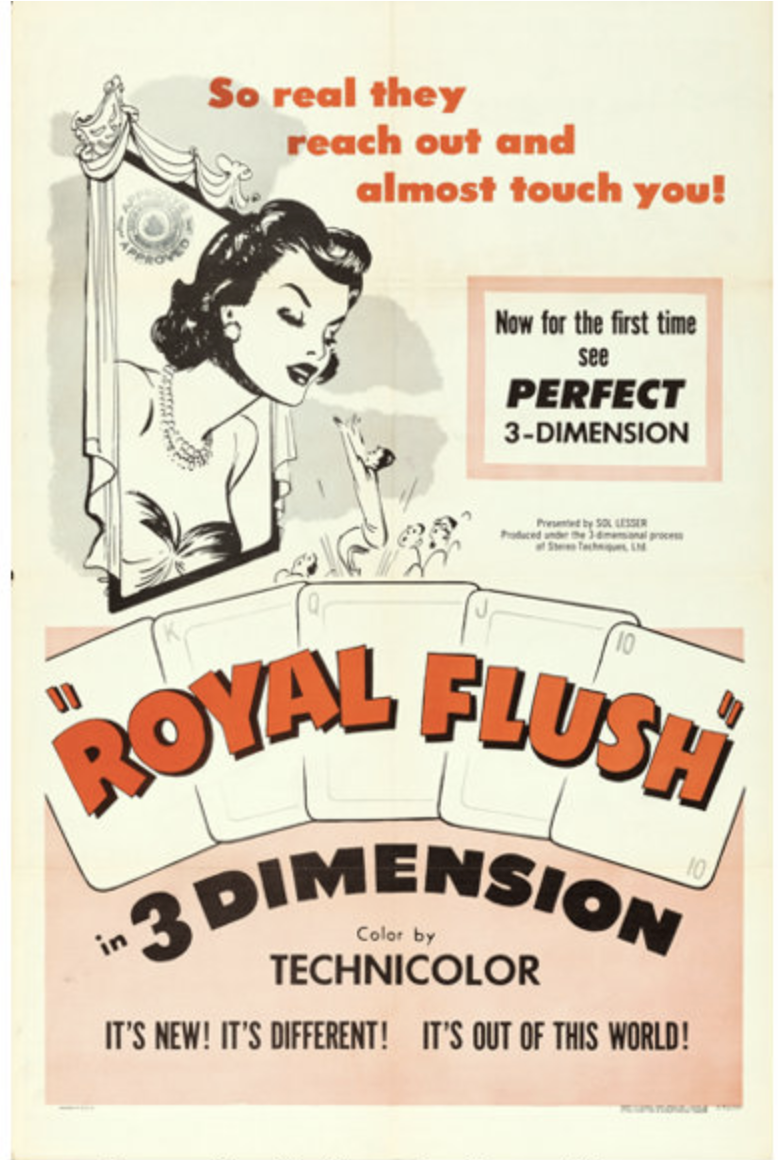
Posted By: Paul - Thu Jun 01, 2023 -
Comments (3)
Category: Fads, Movies, Technology, 1950s

| Who We Are |
|---|
| Alex Boese Alex is the creator and curator of the Museum of Hoaxes. He's also the author of various weird, non-fiction, science-themed books such as Elephants on Acid and Psychedelic Apes. Paul Di Filippo Paul has been paid to put weird ideas into fictional form for over thirty years, in his career as a noted science fiction writer. He has recently begun blogging on many curious topics with three fellow writers at The Inferior 4+1. Contact Us |




